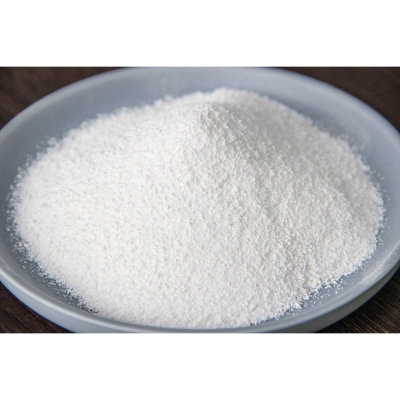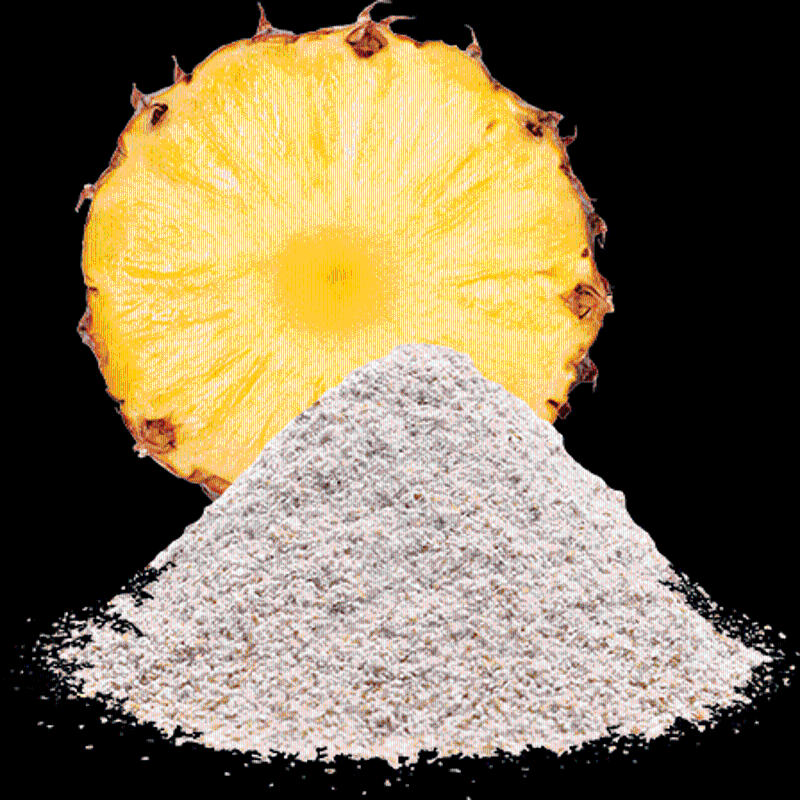-
Categories
-
Pharmaceutical Intermediates
-
Active Pharmaceutical Ingredients
-
Food Additives
- Industrial Coatings
- Agrochemicals
- Dyes and Pigments
- Surfactant
- Flavors and Fragrances
- Chemical Reagents
- Catalyst and Auxiliary
- Natural Products
- Inorganic Chemistry
-
Organic Chemistry
-
Biochemical Engineering
- Analytical Chemistry
-
Cosmetic Ingredient
- Water Treatment Chemical
-
Pharmaceutical Intermediates
Promotion
ECHEMI Mall
Wholesale
Weekly Price
Exhibition
News
-
Trade Service
Biocom reports: Recombinase Polymerase Amplification ( RPA ) is known as a nucleic acid detection technology that can replace PCR (developed by the British company TwistDx Inc )
The basic system of RPA amplification ( TwistAmp® Basic ) contains all the reagents needed for DNA amplification.
How many primers are needed for the RPA reaction?
The basic RPA reaction requires 480nM primers each time , and TwistAmp® exo , TwistAmp® fpg and TwistAmp® nfo require 420nM primers
How many probes are needed for the RPA reaction?
RPA reactions generally require 120nM probes
Can off-the-shelf PCR primers be used for RPA ?
Probably not
Can off-the-shelf PCR probes be used for RPA ?
Can't
What is a good primer? How should I design RPA primers?
There is no strict design standard for
How long does the RPA primer need to be?
RPA primers are generally between 32 to 35 nucleotides
How far should the RPA primers be apart?
It depends on your specific application
Under certain conditions, RPA amplification products can reach 2kb
How many primers do I need to screen?
It depends on your requirements for detection sensitivity
Do I have to use probes when screening primers?
Not necessarily
What conditions should be used for primer screening?
The conditions for primer screening are best to mimic the actual detection conditions, such as template copy number, sample purity, and so on
Can the performance of a given primer be improved?
Generally speaking, a slight modification of the primer sequence can improve its RPA performance
What should be the melting temperature of the RPA primer?
RPA reaction is carried out at room temperature, the DNA melting and PCR are very different
Do RPA primers need special purification?
When performing primer screening, purification is generally not required
Can primers tested with one TwistAmp® kit be directly used in other TwistAmp® kits?
Not necessarily
.
For example, the primers tested by the TwistAmp® basic kit cannot be directly used in the exo or nfo kits, because exo and nfo also take probes into consideration
.
In addition, running gel detection, fluorescence detection or lateral flow chromatography detection has different requirements for primers, which cannot be generalized
.
DNA detection and RNA detection generally cannot share primers, because reverse transcriptase and polymerase have different preferences
.
How do I choose a probe?
The TwistAmp official website provides design guidelines for different detection probes
.
It should be noted that the TwistAmp® exo probe has some special restrictions
.
The probe design of TwistAmp® fpg is more flexible, but the fluorescence signal it generates is not as strong as that of the TwistAmp® exo probe
.
What should I pay attention to when using primers and probes?
Primers and probes need to be added to the system at the same time, one after the other will make the fragment recombination biased
.
Biological Communication Editor: Ye Yu







